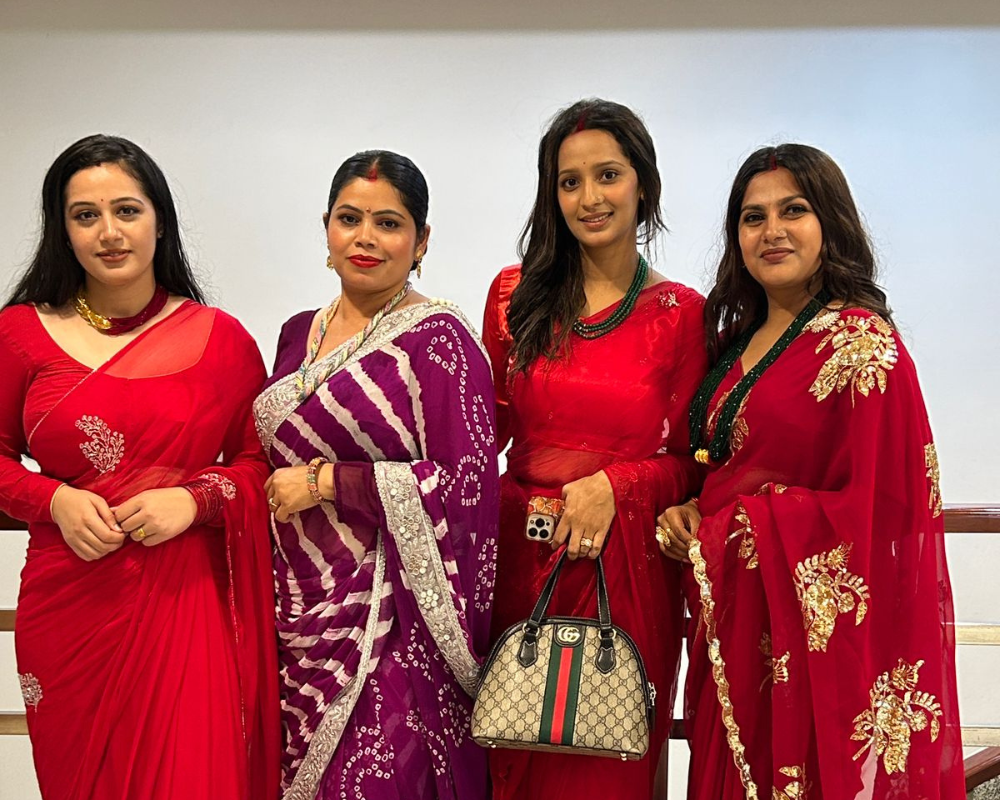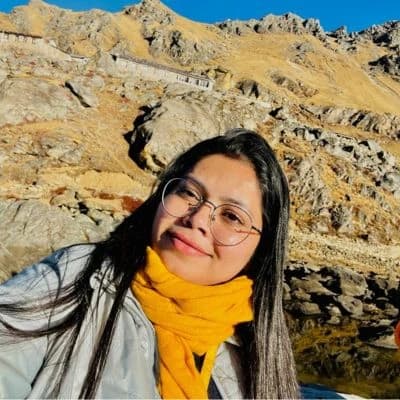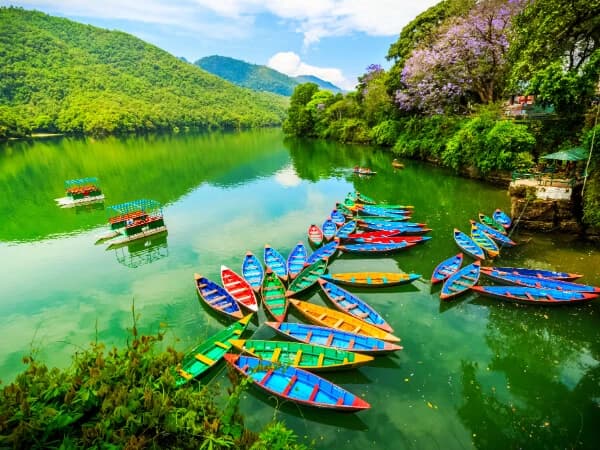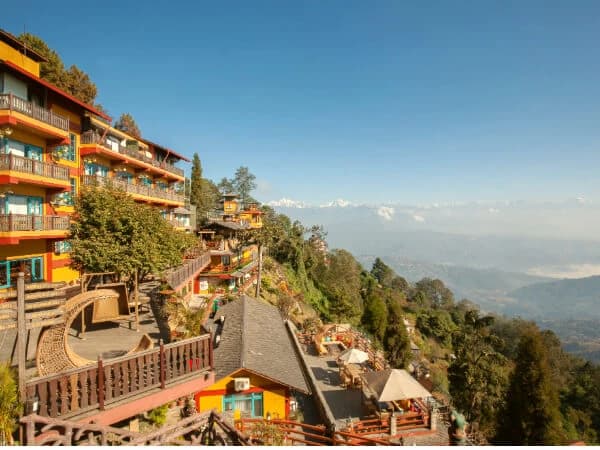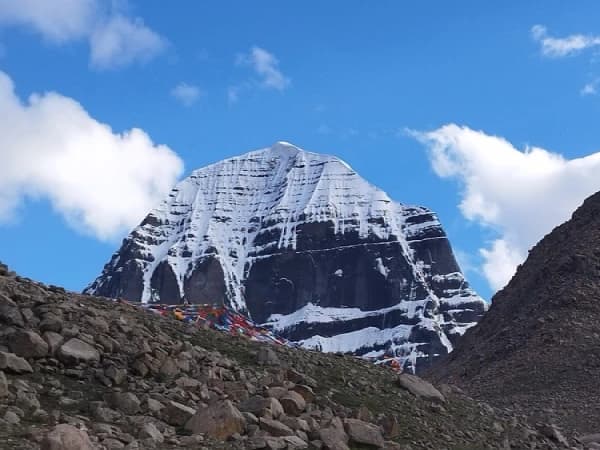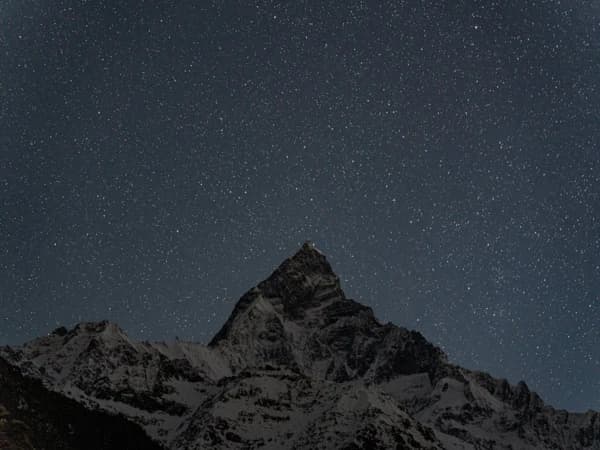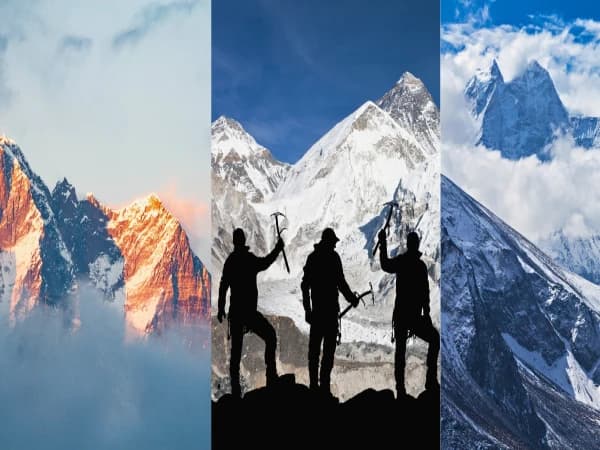What is Teej Festival in Nepal?
Teej is a really beautiful and special festival for hindu women in Nepal. It’s full of bright colors, prayers, music, and everyone being together.Teej is all about Goddess Parvati and her love story with Lord Shiva. It happens around August or early September, during the month of Bhadra in the Nepali calendar.
Women all over Nepal celebrate Teej by fasting, singing, dancing, and praying for their husbands to be happy and live a long time. Even unmarried girls join in, hoping to find a great husband one day.
Why is Teej Celebrated?
Teej has roots in Hindu stories. The story goes that Goddess Parvati fasted and prayed for years to get Lord Shiva to love her. He was so impressed with how devoted she was that he married her. Now, women pray for a loving and happy marriage, just like she did.
A special day marked for a celebration, uniting all womens together sharing eachothers feelings and care for women, love, strength, and culture. Families and communities get together, and everyone sees how important women are in nepali culture. Teej isn't just a religious thing.
When is Teej Celebrated in Nepal?
Teej usually falls in late August or early September, during the monsoon season. The exact date changes every year based on the lunar calendar, but it always lasts for three main days.
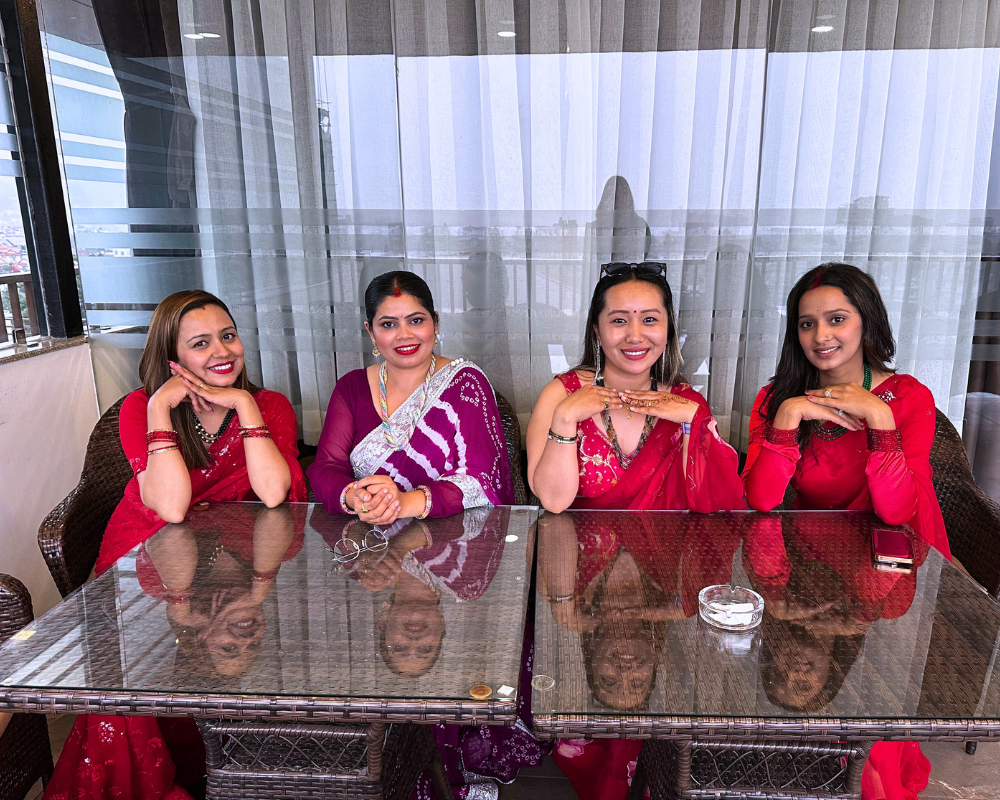
Three Important Days of Teej Festival
1. Dar Khane Din (The Feast Day)
The first day of Teej is called Dar Khane Din. On this day, women celebrate, enjoy themselves, and connect with each other. This day is full of enjoy, laughter, dancing, and singing. It is a time to relax, enjoy food, click pictures and create a lots of memories together.
They dress in their red outfits and put on bangles and jewelry, looking like brides. The men prepare a big, tasty meal that's the main focus of the day. This gives the women, who work hard all year, a chance to rest and have fun without any worries. The feast includes many rich and yummy foods like sweets, fruits and Nepali dishes (kheer, Sell Roti, Anchhar, Fruits,Sweet Dishes). Often, women get invited by several of their neighbors,friends and relatives so that they can meet up and enjoy dance together , before preparing the delicious food of their choices.Besides the food, the day is all about fun and sharing stories, dancing, and singing. Their Teej songs show women's happiness, struggles, and dreams. There is a great feeling of joy and togetherness as the party lasts until midnight. After that, the next part of Teej begins: the 24-hour waterless fast. This switch from eating to fasting shows the deeper meaning of the this festival.
2. Fasting Day (Teej Day)
The second day of the festival is a big deal. The women get up before dawn to take a holy bath and start a really serious fast, usually without any food or water at all. They put on bright red sarees, colourful bangles and gold and silver jwelleries , do a make upover which enchnace their beauty and then head to lord Shiva temples. Pashupatinath Temple in Kathmandu is the main temple regarded as the Shiva temple where in Teej festival most of the female visit on the day to offer their prayers to god and receive blessing for their husband (mainly) and their families. It is said that without visiting the lord Shiva temple on this day the fasting is incomplete. For the offering female take with them- flowers,special leaves (Bell Patra), oil lamps, holy threads, and special gifts for lord Shiva and Parvati. The women also organize a gathering where they perform special dance and sing special Teej songs, called Teej Geet. These songs are all about their love, their troubles, and what they're hoping for. Even though they're fasting, they dance with tons of energy, which just goes to show how dedicated and strong they are.
3. Rishi Panchami (Cleansing Day)
Rishi Panchami is a special day for women who fast and pray to the rishis (sages). They do this hoping their wishes come true and for their husbands' good health. It falls on the fifth day of Shukla paksha, which is the waxing moon phase, and is celebrated on the third day of Teej. This day is all about purification and honoring the ancient sages. Early in the morning, women bathe using holy soil, datiwan leaves, and sacred herbs. Celebrating Rishi Panchami as part of Teej not only makes the cultural experience better but also strengthens one's connection to their heritage and spiritual beliefs.
Where to Experience Teej in Nepal?
1. Kathmandu - Pashupatinath Temple
The most iconic celebration happens here, with thousands of women gathering in red attire, singing, and dancing.
2. Bhaktapur & Patan
Traditional Newari communities celebrate with cultural performances and feasts.
3. Pokhara & Other Cities
Even outside Kathmandu, Teej is celebrated with equal fervor in local temples and community spaces.
The Legend Behind Teej: A Love Story for the Ages
Teej celebrates the reunion of Goddess Parvati and Lord Shiva, a divine love story rooted in devotion and perseverance. According to Hindu mythology, Parvati underwent 108 rebirths and meditated for years to win Shiva’s heart. Her unwavering dedication finally moved him, and they were united in eternal marriage.
This tale inspires millions of women who observe Teej, praying for:
- A happy and long-lasting marriage
- The well-being of their husbands
- Strength and prosperity in their live
For unmarried women, Teej is a time to seek blessings for a loving partner.
Cultural Importance of Teej in Nepal
Teej is not just about fasting or rituals. It’s It embodies a rich tapestry of culture, tradition and values. is a way to:
- Celebrate the strength of women
- Bring families together
- Share emotions through music and dance
- Keep traditional values alive
It is also one of the few times when married daughters return to their parental homes, making it a happy reunion for many families.
Teej and Nepali Tourism
If you are a tourist visiting Nepal during Teej, you are in for a beautiful and colorful cultural experience where visitors learn about the festivals meaning, participate in rituals, or engage with local communities.Cities like Kathmandu, Bhaktapur, and Patancome alive with women dressed in red attire walking in groups, traditional music and street dances, temples full of prayers and energy and a joyful, festive vibe everywhere in the cities.
FAQs for Tourists Attending Teej Festival in Nepal
1. Can men participate in Teej?
Yes! While Teej is primarily a women’s festival, men can observe, take photos, and even join the dancing if invited.
2. What should I wear if I attend Teej?
Women: A red or green kurta/sari (if comfortable) to blend in.
Men: Traditional or modest clothing (no shorts near temples).
3. Is it okay to take capture photos and videos during the visit?
Yes, but always ask permission before photographing individuals. Temple areas in Nepal may restrict photography.
4. Are there any restrictions for tourists?
Not at all but better to avoid interrupting prayers or rituals and disturbing them only to take the photos.Be respectful this is a sacred fast for many women.
5. What food can I try during Teej?

Nepali traditional and authentic festival foods like : Sel Roti (sweet rice doughnuts), Puri & Dar (fried bread with lentil soup), sweet dish made in home with milk and rice (Kheer).
How is Teej Changing Today?
In modern times, Teej has become more than just a religious event. It is now a symbol of women's strength and social awareness. Many women use this time to:
• Speak out about women's rights
• Share stories of empowerment
• Encourage equality in society
How does teej promote family bonding and community gathering?
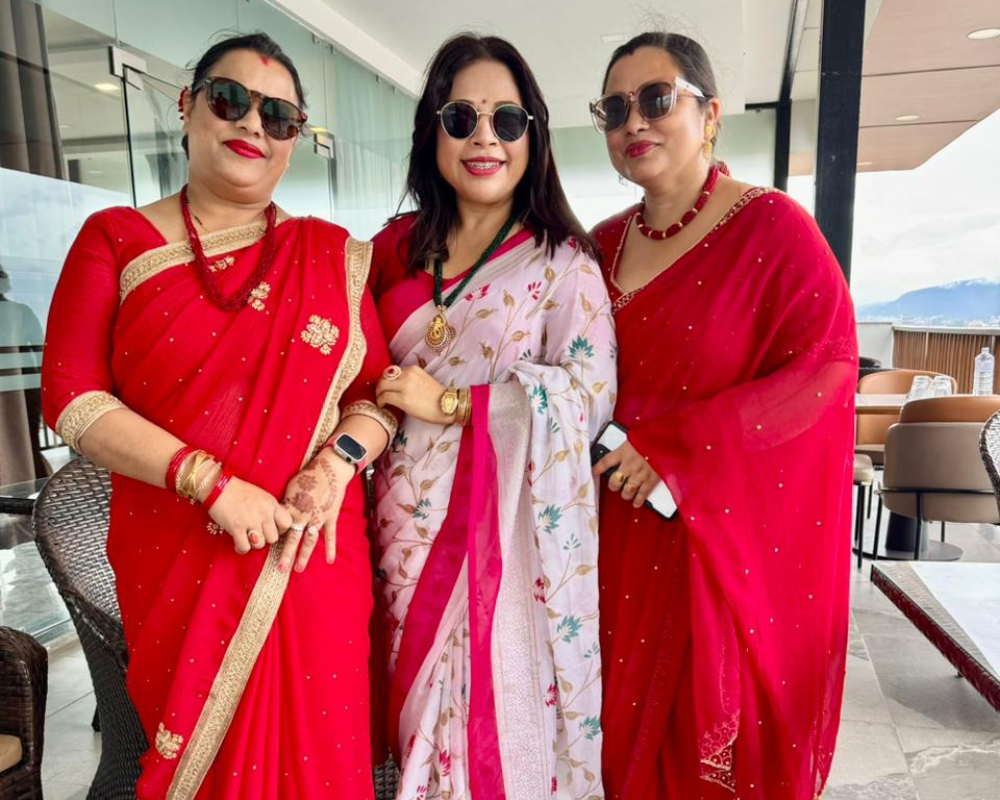
Teej is a Hindu festival mainly enjoyed in Nepal and parts of India, such as Rajasthan, Bihar, and Uttar Pradesh. It's a time that really brings families and communities together through spiritual, cultural, and just plain fun activities. Here's what it does:
- Family Time : Married women usually head back to their parents' place for Teej, which is a good way to keep those family ties strong. It’s a chance for everyone to catch up, tell stories, and keep family traditions alive.
- Doing Rituals and Fasting Together ; Women fast together, wishing for the best for their husbands and families. It builds a strong feeling of support between everyone. Doing pujas (rituals) at temples or at home helps everyone feel more connected spiritually and reminds them of what they all value.
- Singing, Dancing, and Sharing Stories: Women get together to sing Teej songs, dance in groups, and tell stories, often about marriage, the goddess Parvati, or just local tales. This helps the older women share their knowledge with the younger crowd.
- Dressing Up and Cooking Special Food : Families cook yummy dishes and wear bright red and green clothes, which adds to the celebratory mood. Sharing food and getting dressed up together makes everyone feel closer and happier.
- Community Get-togethers and Temple Visits: Lots of communities put on public celebrations like parades, fairs, and group prayers. These events get people from all walks of life together, which boosts community spirit and pride in their culture.
- A Place to feel strong and supported: Teej is a spot where women can share their feelings, whether they are happy or struggling, especially about married life. This makes everyone feel more connected and builds understanding and support in the community.
Which major temples in nepal are most visited during teej?
Teej is a favorite festival for women in Nepal, bringing life and color to temples all over the country. It's a personal time for prayer and blessings for family, but it's also a big public event. Here are some popular temples to visit during Teej:
Pashupatinath Temple, Kathmandu
This temple is the main spot for Teej celebrations in Nepal. Thousands of women, dressed in red saris and bangles, come here to worship Lord Shiva and Goddess Parvati. The place is lively, with singing, dancing, and long lines of people. On the main day of Teej, the temple opens early, around 3 a.m., to handle the large crowd. They usually have separate lines for women, water stations, and even health camps to help everyone out.
Gokarneshwar, Doleshwor, and Other Valley Temples
Pashupatinath gets the biggest crowd, but lots of women visit other Shiva temples in Kathmandu Valley. Temples like Gokarneshwar, Doleshwor Mahadev, Nageshwar, Basantapur, and Makhan Mahadev get busier during Teej. These spots are less packed but still have a strong sense of community.
Haleshi Mahadev and Riseshwor Mahadev
If you're outside Kathmandu Valley, or want to go on a trip, temples like Haleshi Mahadev in Khotang and Riseshwor Mahadev in Dolakha are good options. They're far from the city, but many women travel there for peace and blessings during the festival.
Kushmanda Sarowar Triveni Dham, Hetauda
This place is especially important on Rishi Panchami, the last day of Teej. Women gather where these rivers meet to bathe and cleanse themselves after fasting and praying. It’s a nice tradition that combines nature and renewal.
What unique cultural experiences can tourist have during Teej?
If you're lucky enough to visit Nepal when Teej is happening, you're in for something special. It's not just any holiday – it's a lively, heartfelt party about being a woman, love, music, and old traditions. Even though Teej is really meaningful for Nepali women, it's also a great way for visitors to see what the local culture, customs, and community are all about. Here are some cool things you can do:
Observe Pashupatinath Temple being Different Than Other Day (Everywhere Red Colour)
One of the coolest things you'll see during Teej is at Pashupatinath Temple in Kathmandu. Thousands of women dressed in bright red saris get together to sing, dance, and pray. The vibe is awesome – you'll hear old songs all over the temple, feel the strong beliefs in the air, and see happiness everywhere you look. As a visitor, you can watch quietly (from the side), take pictures (if it's okay), and just enjoy the spiritual feeling. You won't forget it.
Get in on the Singing and Dancing
Seriously! In the days before the main Teej fast, women hang out in homes and outside to sing old songs and dance. Some groups let visitors join in, especially in smaller towns or if you're with locals. If you're staying with a Nepali family or have a guide, ask if you can join. Don't worry if you don't know the moves – it's all about having fun, feeling the music, and being together.
Try the “Dar” Special Meal Before the Fasting Day
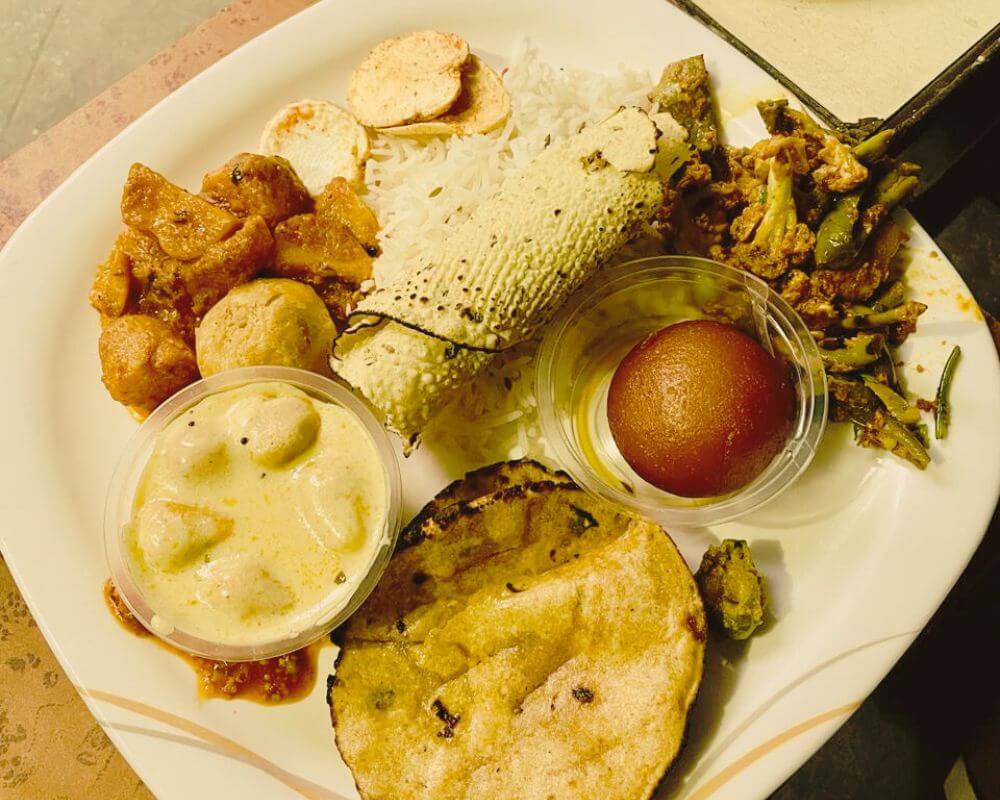
Women have a big meal called “Dar”. It's full of yummy, rich foods – like sweets, fruits, rice, and more. Some homestays and tours might let you try the Dar meal. It's a good chance to not only taste the food but also see how kind and welcoming Nepali families are during the holiday.
Learn What the Customs Mean Teej is more than just a party!
Our festival Teej is full of meaning. Women fast for their husbands (or future husbands) to be healthy and live long lives. They also honor Goddess Parvati, who is like a symbol of love. If you have a good local guide, they can tell you the stories, explain the prayers, and the deep meaning of the holiday. It's a nice way to understand Nepali culture.
Watch or Join in on the Rishi Panchami
Cleaning On the last day of Teej, called Rishi Panchami, women take special baths in rivers or holy water places, like Kushmanda Sarowar Triveni Dham. They do this to wash away bad things from the past and clean their bodies and souls. If you watch respectfully, it's amazing to see how people show their beliefs in nature.
Shop for Special Clothes and Stuffs for the Festival
The markets in Kathmandu, Patan, and Bhaktapur get busy before Teej. You'll see red saris, bracelets, and other party stuff everywhere. Even if you don't dress up, walking around the shops and talking to the sellers is a fun way to see the culture.
Feel the Friendship and Strength Among the Womens
Mostly, Teej is about women getting together to pray, dance, laugh, and help each other. It's a cool way to see how strong and united women can be. As a visitor, just being there and being respectful can really stick with you. Feel the friendship and strength Mostly, Teej is about women getting together to pray, dance, laugh, and help each other
Conclusion
Teej is a Festival of Heart and Hope
Teej in Nepal is a festival that touches the heart. It honors the power of love, prayer, and womanhood. Whether you are part of the Nepali community or a visitor from another country, experiencing Teej will leave you with beautiful memories and a deep respect for Nepali culture. If you also want to experience this festival during your visit in Nepal or either you want to plan your Nepal visit during this festival do contact us. We, at Regulus Nepal will love to plan your stay during this festival and organize your Nepal trip including participation in thisTeej celebration.
Either you can combine your already booked Nepal tour packages with this festival celebration during your visit in the month of August.
